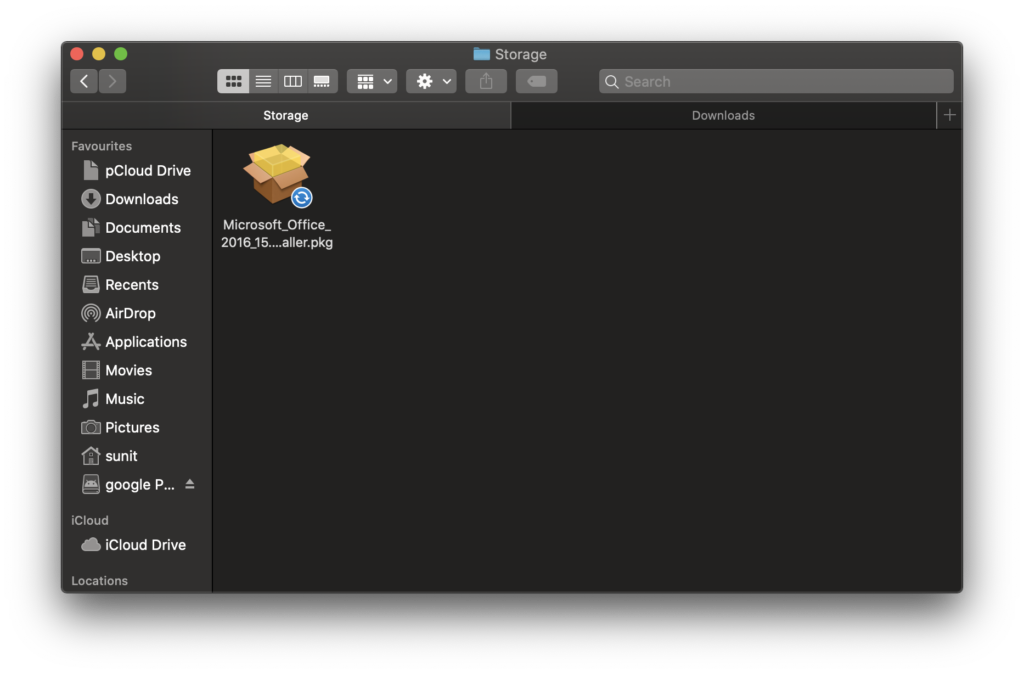

Problems and solutions with remote error reporting Problem 1: Exposure of sensitive log messages in release builds Once we understand the problem, we’ll be in a better position to devise a solution. Now that we have an understanding of both of these framework types and their uses, let’s learn about what problems we might face once we start using them in the traditional approach. The primary difference is that one is used during development and the other in production. You see, the main purpose of both logging frameworks and crash and error reporting frameworks is debugging errors. If you’ll notice, there’s something common here in both these frameworks. These can be API error responses, catch exceptions, or whatever we wish to log. It also allows us to capture non-fatal errors and logs from our app. The developers can then easily access these log reports and debug the error. Once integrated into an app, it automatically captures the app crash reports and saves them on the console. But how can you debug such errors when you don’t have access to the physical device? This leaves room for possible errors in the production environment. A few users complain about app crashes or functionalities not working on their device.īecause there are a vast number of device manufacturers, operating systems, custom ROMs, and device sizes, it’s almost impossible to test an app across all of these permutations and combinations. Let’s consider a scenario: You have tested your app thoroughly on your device, then publish the app in its respective store. So what about getting error and crash reports while the app is already in production? Log outputs are visible in the IDE’s console. Developers use them to access variable values at each stage, identify crashes, and debug the issue.

We use logs while an app is in development. Now that we have a fair idea about what logging frameworks are, let’s move on to crash and error reporting frameworks. Common examples are Timber (Android), Willow (iOS), and CocoaLumberjack (iOS). These frameworks extend the capabilities of loggers and their uses. Still, a vast number of developers depend on the traditional logging approach! Don’t believe me? See these memes for yourself:Īpart from the loggers available by default in both Java and Swift, there are various log frameworks built on top of them. It also allows us to access the variable values while stepping through the code. It allows the developers to add breakpoints and navigate through the code. Currently, all major IDEs come equipped with built in debuggers. The most common usage of logs is while debugging. Need to check the error exceptions in Catch blocks? Log it. Need to check the API JSON parsing error? Log it. Need to check the value of a variable within a method? Log it. They allow us, the developers, to print pretty much anything in the console window of our IDEs.
#Macdroid log android
Logging frameworksįirst, let’s define what exactly logging and error reporting frameworks do.Įver used the log statements in Android or the print statements in iOS? They are logging frameworks. I also include a centralized framework which will help us avoid these problems and get the most out of logging and remote error reporting.

In this article, we will cover the uses of both of these types of frameworks, including problems in the release builds of our mobile apps and some suggested solutions. The use of both these frameworks is quite different depending upon the case. Logging, as well as remote crash and error reporting frameworks, have been around for a while now.
#Macdroid log install
When you install the latest Tasker beta, it'll ask you to do just that.Nabil Kazi Follow Mobile Team Lead | Product Designer Logging and remote error reporting in mobile apps If an app like Tasker declares the READ_LOGS permission, then the user can grant this permission manually via ADB. However, it's possible for a user to manually grant an app permission to read logs. That's because sensitive data may exist in the log, and allowing any app the ability to read logs opens up a whole can of worms related to privacy and security. Normally, apps aren't allowed to read system logs, and they also can't ask the user to grant them permission to do so. By reading this log, Tasker is able to detect what the current clipboard entry is. Whenever a new clipboard entry is written, the corresponding system log will contain the clipboard text. Logcat is a shell tool that pulls a log of all system events and other events contributed by apps. The answer is through reading the logcat. Since Android 10 prevents background apps from reading the clipboard, you might be wondering how this was possible. Last month, the developer of Tasker released a new beta that enabled clipboard monitoring on Android 10.


 0 kommentar(er)
0 kommentar(er)
